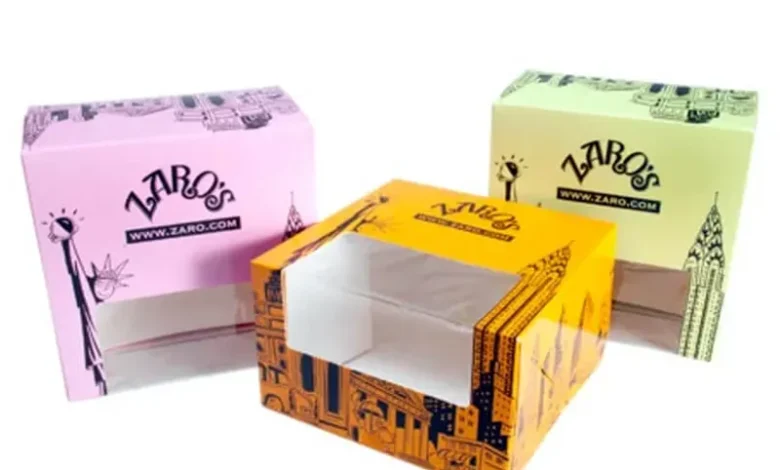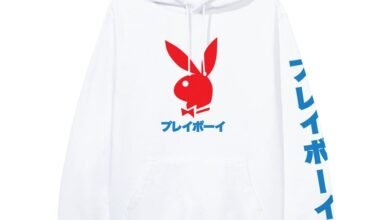
Packaging box serve as the unsung heroes of the retail world, quietly ensuring products reach consumers safely while also making a powerful statement about brand identity. From corrugated cardboard to sleek plastic, packaging boxes come in various shapes, sizes, and materials, each serving a unique purpose. In this article, we’ll delve into the world of packaging boxes, exploring their types, importance, design trends, customization options, sustainability considerations, and more.
Types of Packaging Boxes
Corrugated Boxes
Corrugated boxes are the workhorses of the packaging industry, known for their strength and durability. Comprising three layers of paper – an inner liner, an outer liner, and a fluted medium – corrugated boxes provide excellent protection for fragile items during transit.
Cardboard Boxes
Cardboard boxes are versatile and lightweight, making them ideal for shipping a wide range of products. They come in various thicknesses, from single-wall to triple-wall, and can be customized with printing or branding to enhance brand visibility.
Plastic Boxes
Plastic boxes offer transparency and durability, making them suitable for showcasing products while providing protection against moisture and damage. Commonly used for food items, electronics, and cosmetics, plastic boxes come in a variety of shapes and sizes.
Wooden Boxes
Wooden boxes exude a sense of luxury and craftsmanship, making them ideal for high-end products or gifts. With their natural appeal and customizable designs, wooden boxes add a touch of elegance to any packaging presentation.
Importance of Packaging Boxes
Packaging boxes play a crucial role in product presentation, protection, and brand communication. Beyond their functional purpose of containing products, packaging boxes serve as ambassadors for brands, conveying messages about quality, creativity, and sustainability. They are the first point of contact for consumers, influencing purchasing decisions and leaving a lasting impression.
Factors to Consider When Choosing Packaging Boxes
Durability
The durability of packaging boxes is paramount to ensuring products reach consumers in pristine condition. Choosing the right material and construction method can prevent damage during handling and transportation, reducing the risk of returns or replacements.
Size
Packaging boxes should be appropriately sized to accommodate the product without excessive empty space. Right-sizing packaging not only reduces shipping costs but also minimizes environmental impact by using fewer materials. It’s essential to consider the dimensions, weight, and fragility of the product when selecting the appropriate box size.
Eco-Friendliness
In today’s environmentally conscious world, eco-friendly packaging solutions are gaining traction. Using recyclable, biodegradable, or compostable materials demonstrates a commitment to sustainability and resonates with eco-conscious consumers. Brands are increasingly opting for eco-friendly packaging options to minimize their environmental footprint and appeal to environmentally conscious consumers.
Cost
Balancing cost considerations with quality is essential when selecting packaging boxes. While cheaper options may seem attractive, investing in higher-quality materials can enhance the perceived value of the product and contribute to overall customer satisfaction. It’s crucial to weigh the upfront costs against long-term benefits, such as reduced damage and improved brand perception.
Customization Options for Packaging Boxes
Customization allows brands to stand out in a crowded marketplace and create memorable experiences for customers. From custom printing and embossing to unique shapes and finishes, customization options are virtually limitless, enabling brands to express their identity creatively. Personalized packaging enhances brand visibility, fosters customer engagement, and reinforces brand loyalty.
How to Design Effective Packaging Boxes
Effective packaging design strikes a balance between aesthetics and functionality. Factors such as color psychology, typography, and imagery should align with brand identity while considering practical aspects such as shelf appeal and usability. The design should reflect the brand’s personality and values while conveying essential product information to consumers. Attention to detail, consistency, and creativity are key elements of successful packaging design.
Trends in Packaging Box Design
Packaging design trends evolve constantly, reflecting changes in consumer preferences, technological advancements, and cultural influences. Current trends include minimalist designs, bold colors, sustainable materials, and interactive features that engage consumers. Brands are embracing innovative packaging design concepts to differentiate themselves in the market and create memorable brand experiences.
Packaging Boxes and Branding
Packaging boxes serve as tangible representations of a brand’s identity and values. Consistent branding across packaging materials helps establish brand recognition and loyalty among consumers, fostering trust and credibility. The packaging design should align with the brand’s visual identity, messaging, and target audience to create a cohesive brand experience. By integrating branding elements into packaging design, brands can strengthen their brand image and build emotional connections with consumers.
Importance of Sustainable Packaging
Sustainable packaging reduces environmental impact and aligns with consumer preferences for eco-friendly products. By using recycled materials, minimizing waste, and adopting biodegradable alternatives, brands can demonstrate their commitment to sustainability and attract environmentally conscious consumers. Sustainable packaging practices not only benefit the environment but also contribute to brand reputation, customer loyalty, and long-term business success.
Innovations in Packaging Boxes
Advancements in technology and materials have led to innovative packaging solutions such as smart packaging, which incorporates features like RFID tags or QR codes for enhanced functionality and consumer engagement.
Challenges in Packaging Box Industry
Despite its importance, the packaging box industry faces challenges such as rising material costs, regulatory requirements, and increasing competition. Adapting to changing consumer demands and implementing sustainable practices are key to overcoming these challenges.
Future of Packaging Boxes
The future of packaging boxes lies in innovation, sustainability, and adaptability. As consumers become more conscious of environmental issues and demand personalized experiences, packaging solutions will continue to evolve to meet these expectations.
Conclusion
Packaging boxes play a vital role in protecting products, enhancing brand image, and creating memorable experiences for customers. By understanding the importance of packaging design, materials, and sustainability, businesses can optimize their packaging strategies to drive sales and build brand loyalty.
FAQs
- Are packaging boxes recyclable?
- Many packaging boxes are recyclable, but it depends on the materials used. Businesses should prioritize using recyclable or biodegradable materials to minimize environmental impact.
- How can I choose the right packaging box for my product?
- Consider factors such as product size, weight, fragility, and branding requirements when selecting packaging boxes. Consulting with packaging experts can help you make informed decisions.
- What are some popular packaging box design trends?
- Minimalist designs, sustainable materials, and interactive features like QR codes or augmented reality are popular packaging box design trends.
- How can customization enhance my packaging boxes?
- Customization allows you to align packaging design with your brand identity, stand out on shelves, and create memorable unboxing experiences for customers.
- Why is sustainable packaging important?
- Sustainable packaging reduces environmental impact, enhances brand reputation, and meets consumer preferences for eco-friendly products.




